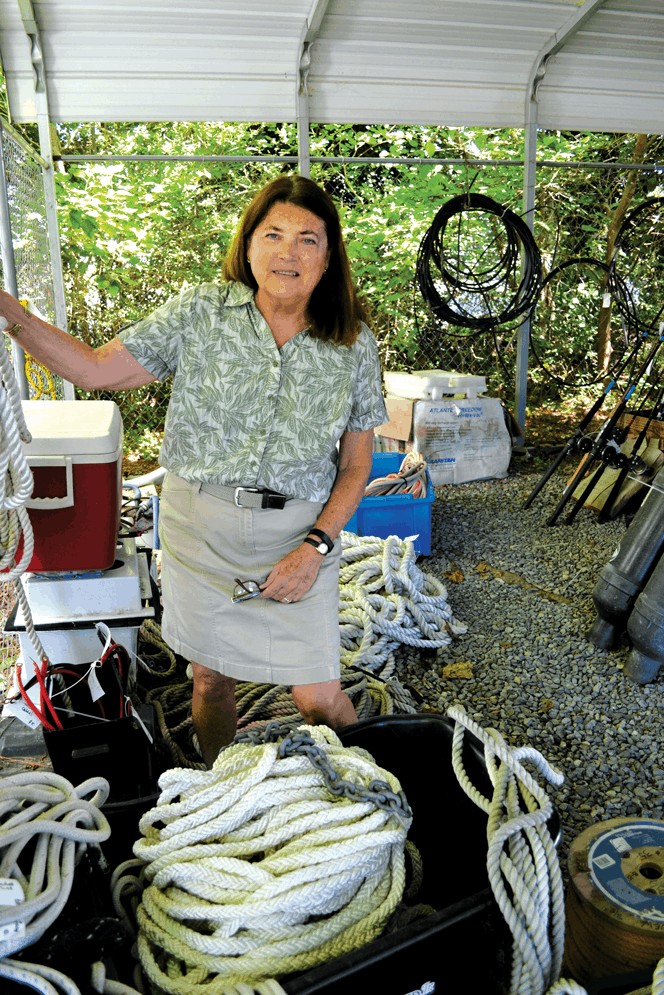A maritime ad-man remembers the early Eastport days and the original Chesapeake yachting title.
The Skipper, the venerable Annapolis-based yachting publication, was founded by a consortium of investors in the late 1940s. Originally called the Chesapeake Skipper, its offices were in town on King George Street next to the Naval Academy. On the street, in the clubs and along the docks, the magazine was simply called “Skipper.”
In the mid-1950s Pierre S. duPont, one of the richest men in America, along with some of his yachting cronies bought the magazine and moved it to a corner office of the Trumpy Yacht Yard spar shed in Eastport. Eastport in those days was mainly a waterman’s village with many of the businesses supporting commercial fisheries. Most pleasure boats were hauled and maintained by the commercial yards, now long gone, and one could still see a number of empty slips in most marinas.
DuPont brought in his sailing buddy, H. K. “Bunny” Rigg, a yachting writer as the new publisher. I joined the magazine in 1964 taking over the advertising sales after a career in airline marketing in Washington, DC. The magazine was retitled The Skipper—The Magazine for Yachtsmen to reflect its transition to a national publication.
Skipper gained a reputation for excellence and was often referred to on Madison Avenue as “the New Yorker of Yachting Magazines,” partly due to personal yachting experiences penned by famous writers. Unlike other magazines, Skipper consistently used illustrations by known artists including one issue where the magazine featured marine paintings by Vincent van Gogh, something no other maritime magazine would have considered. Fiction pieces by best-selling novelists, covers by Winslow Homer and Andrew Wyeth, maritime history stories, and probing design reviews added to the magazine’s fame. The magazine’s annual Skipper Invitation Race down the Bay and back was a major sailing event, attracting large East Coast yachts. Located in small town Annapolis, Skipper was an anomaly among the other national yachting magazines which were all located in New York City, as were the major yacht brokerage and design companies at the time.
The magazine eagerly promoted yachting etiquette. To Skipper, a “boater” was a man’s straw hat, not the description of a yachtsman. Yachting enthusiasts were admonished to never wear an imitation of the emblemed yachtsman’s brim hat unless part of an authorized yacht club’s attire. Women were not to wear slacks in yacht club dining rooms—it was, after all, a men’s club, according to the editors. In Rigg’s book of nautical etiquette, Skipper’s publisher said: “In general, yacht clubs are private premises and should not be used for business purposes or social climbing.” It was a different time.
The editors were sticklers for honesty and never hesitated to identify inferior nautical products or designs, albeit their veracity did little to endear some advertisers. Such firm adherence to its credo of integrity and its elitist approach to a changing boating industry likely contributed to its downfall. The magazine never made a dime, but it left a legacy still revered among old time yachtsmen and women. Some have speculated that Skipper’s departure from the yachting scene in the late 1970s influenced the original founders of Chesapeake Bay Magazine.
Patrick Hornberger moved into yacht brokerage after his Skipper days. He is a past president of the Yacht Architects and Brokers Association. He lives in Trappe, Md.




